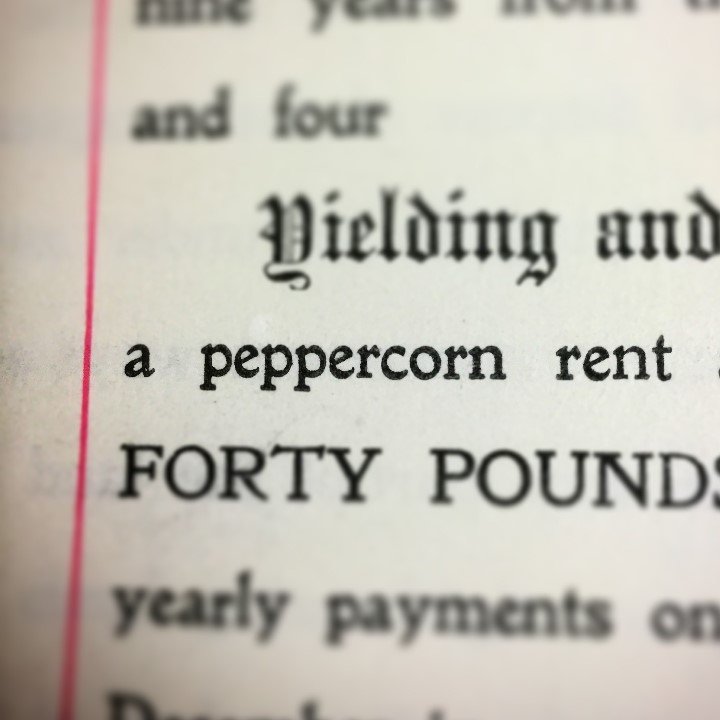Here at Ancestor Homes we love how much knowledge you can garner even from the smallest snippets of information that our documents may present. We’ve previously talked about how our collection of deeds not only give you an insight into the specifics of the land that a property may exist on, but also the history of a house and details about those that resided there. As well as names, addresses, and occupations we can learn about the layout or design of your ancestor’s home. We particularly enjoy the smaller details we find in the deeds. One thing that certainly caught our interest was seeing how much ground rent the tenants or lessee would be required to pay, and in some cases, when they’d have to pay it.
A Ground Rent is exactly what it says it is. A payment made under the terms of a lease by the occupant of a building to the owner of the land that it is built upon. The origins of Ground Rents date back as far as Roman law. Ground rents are still big business today, but they are usually a nominal amount and are fixed during the term of the lease. So nominal in fact that we were intrigued to discover the concept of what is known as a Peppercorn Rent.
Dating back hundreds of years, the term Peppercorn Rent refers to a very small rent indeed. This would mean that the tenant would in some cases quite literally pay with a peppercorn although these days the peppercorn is more a metaphor for such a small rent requirement! This would merely be paid to acknowledge an obligation from the tenant to the owner of the land and to keep a land title “alive” and legal.
Something else that has caught our attention are the dates on which Ground Rents would get collected. Quite often rents would be due to be collected on Christmas Day. With that information it would be easy to conjure up the image of a Dickensian Scrooge like landlord counting his money whilst tenants cower behind their doors waiting for the dreaded knock! However, there is actually a much more innocent reason as to why rents would be collected on such a significant day of the year.
Of course, this day could have been chosen as it is the one day of the year that most people would be at home. However, rent payments are sometimes collected on a quarterly basis and on one particular lease we have on our database for example, there is mention of the fact that payment for that particular property would be ‘at the four most usual feast days of the year’. These would be the feast days of the Virgin Mary, St John the Baptist, St Michael and of course Christmas Day, thus presenting us with a purely feasible and innocent explanation for the collection of rents on the most joyous day of the year for many.
The more we digitise our collection we are sure we’ll discover more of these little snippets of Ground Rent history that will catch our attention. Our deeds hold an abundance of information that may not necessarily be something that we were searching for but will give you a further insight into your family and house history.

